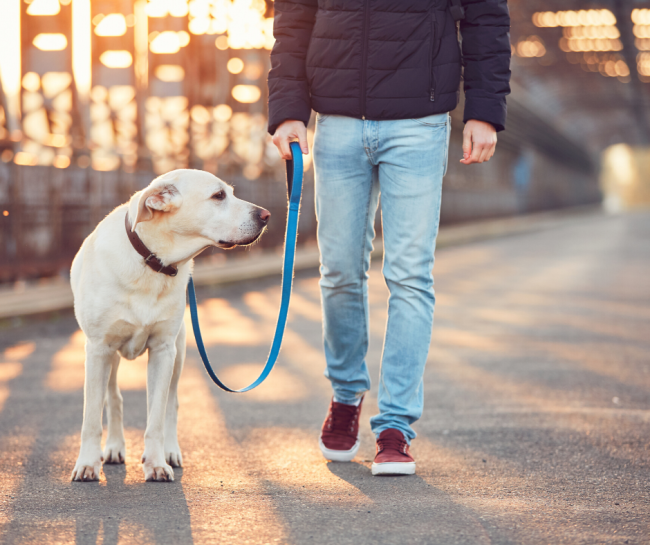Are you tired of your dog pulling on the leash during walks, making it more of a frustrating tug-of-war than an enjoyable stroll? Leash pulling is a common issue that many dog owners face, but with patience, consistency, and proper training techniques, you can turn your walks into pleasant bonding experiences. Here are some tips to help you curb leash-pulling behavior and enjoy more enjoyable walks with your furry friend:
- Use Proper Equipment: Start by using the right leash and collar/harness. Consider a front-clip harness that discourages pulling. Avoid retractable leashes as they encourage pulling and don’t offer control.
- Consistent Training: Consistency is key in teaching your dog proper leash manners. Set aside time for regular training sessions and be patient with your furry companion. Dogs thrive on routine and clear expectations.
- Practice Loose-Leash Walking: Encourage your dog to walk without tension on the leash. Stop walking when your dog pulls, get low to pull the leash to a side to bring back your dog to your side, and resume only when the leash is loose. Reward your dog for walking calmly by your side by verbally saying “good dog”, “good boy” or “good girl”.
- Use Positive Reinforcement: Reward good behavior with praise, play, or toys. Dogs respond well to positive reinforcement, and they’ll quickly learn that walking calmly by your side brings rewards.
- Redirect Attention: If your dog gets distracted or starts pulling, redirect their attention back to you by using verbal cues or offering a game or a toy. Engage them in focus exercises to keep their attention on you. If you find it too distracting for you and your dog, just stop the coaching and practice the lessons at home or in the backyard before trying outdoors.
- Be Patient and Persistent: Training takes time, so be patient and consistent in your efforts. Avoid punishment or harsh corrections as these can create fear and anxiety in your dog.
- Seek Professional Help: If your dog’s pulling behavior persists despite your efforts, consider seeking help from a professional dog trainer or behaviorist. They can provide personalized guidance and techniques to address the issue.
Remember, every dog is unique, and what works for one may not work for another. Adjust your training methods based on your dog’s behavior and personality. With dedication, positive reinforcement, and patience, you can help your dog become a polite walking companion.
Enjoy your walks, bond with your dog, and celebrate the progress you make together on the journey to better leash manners!

